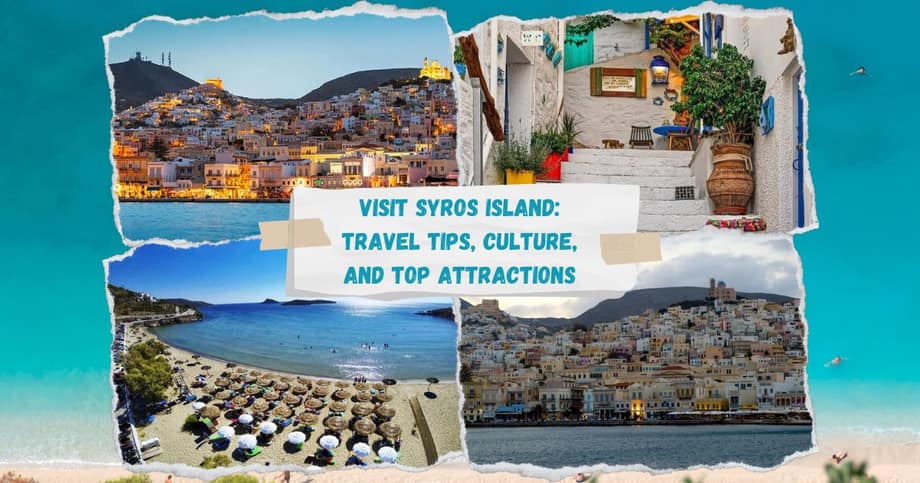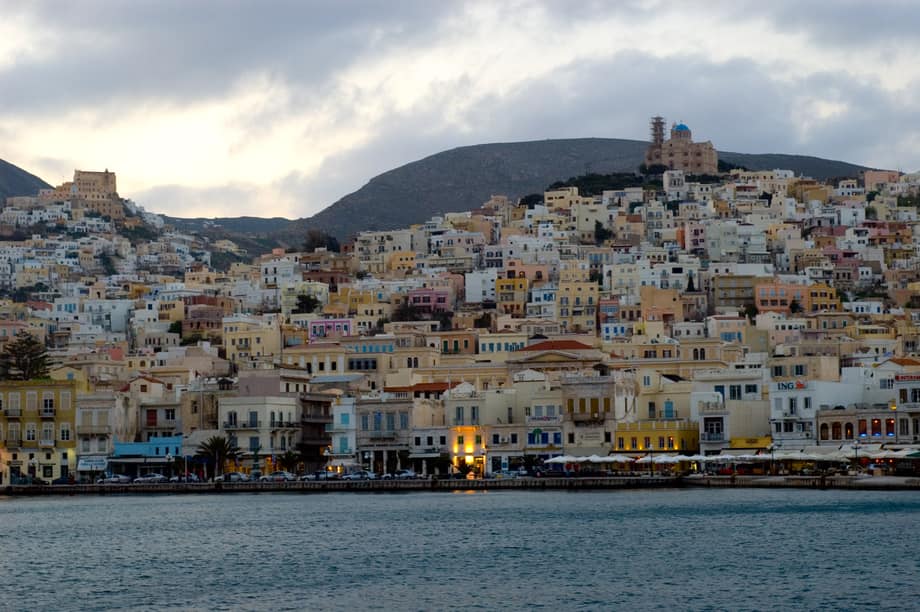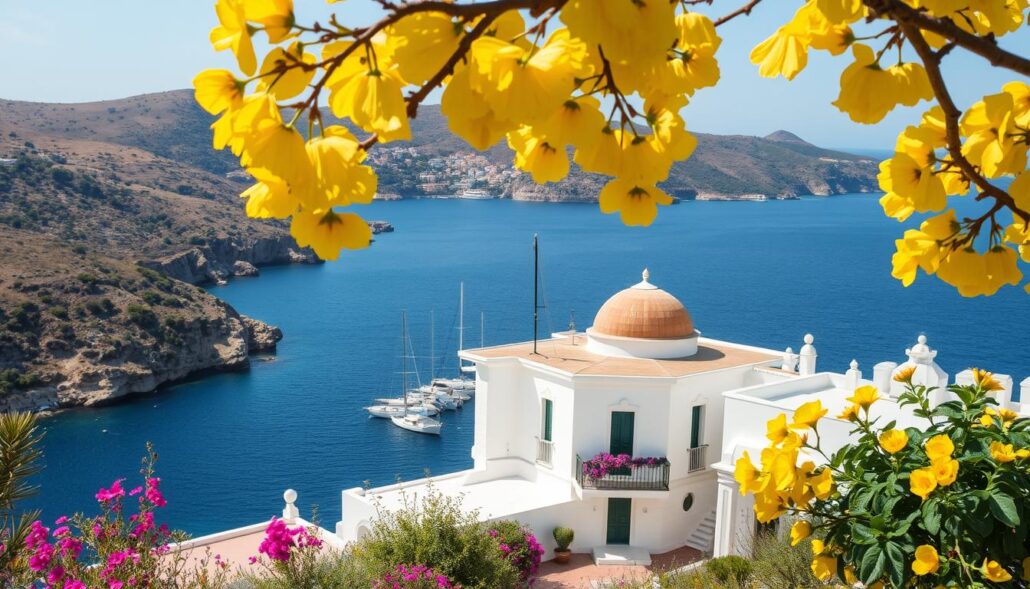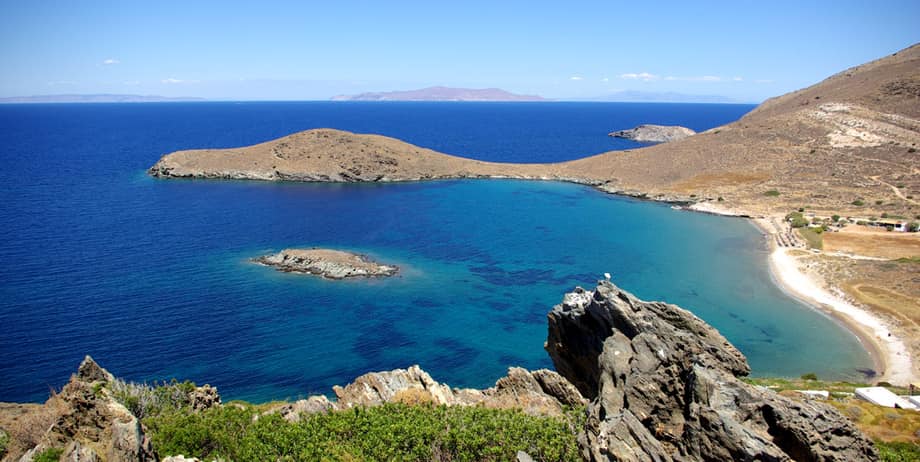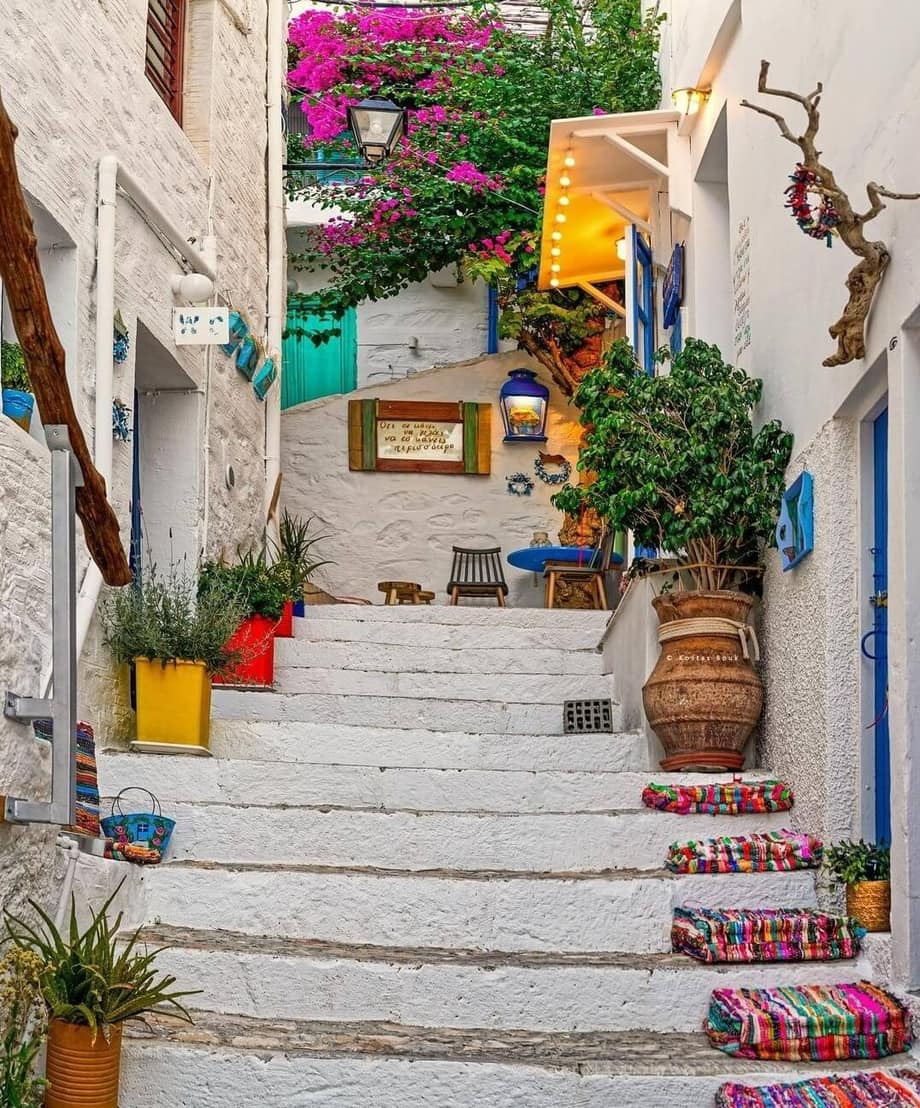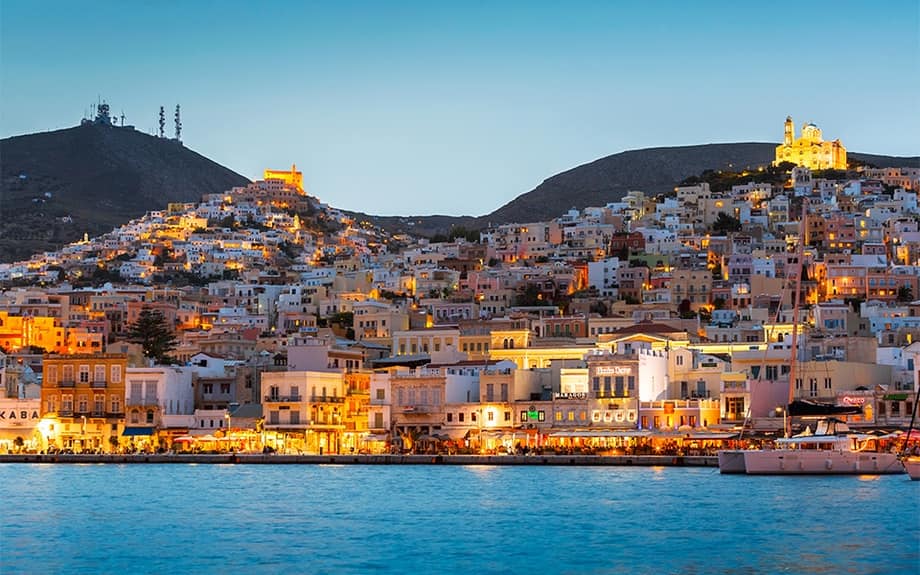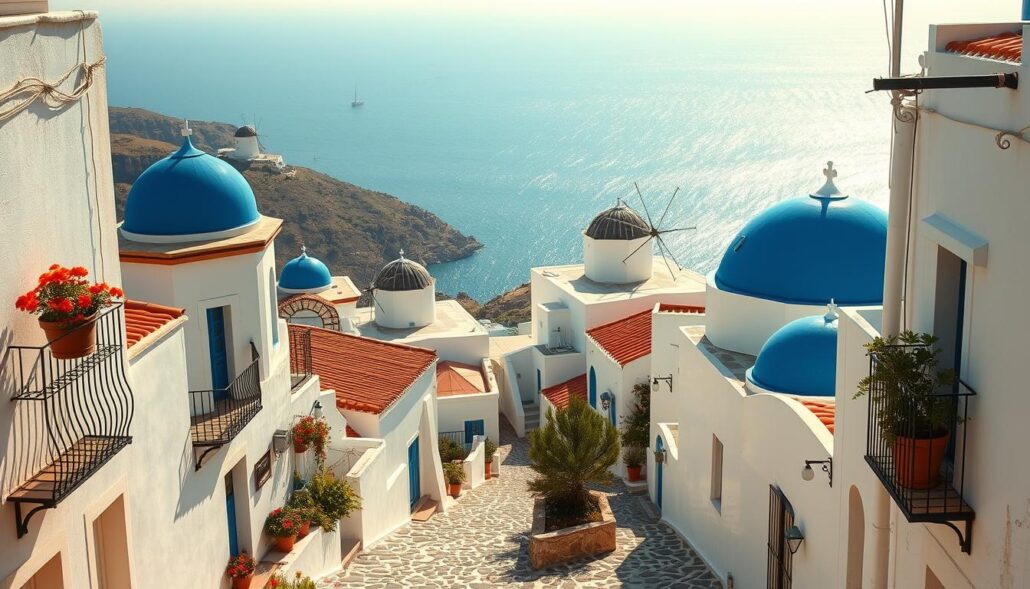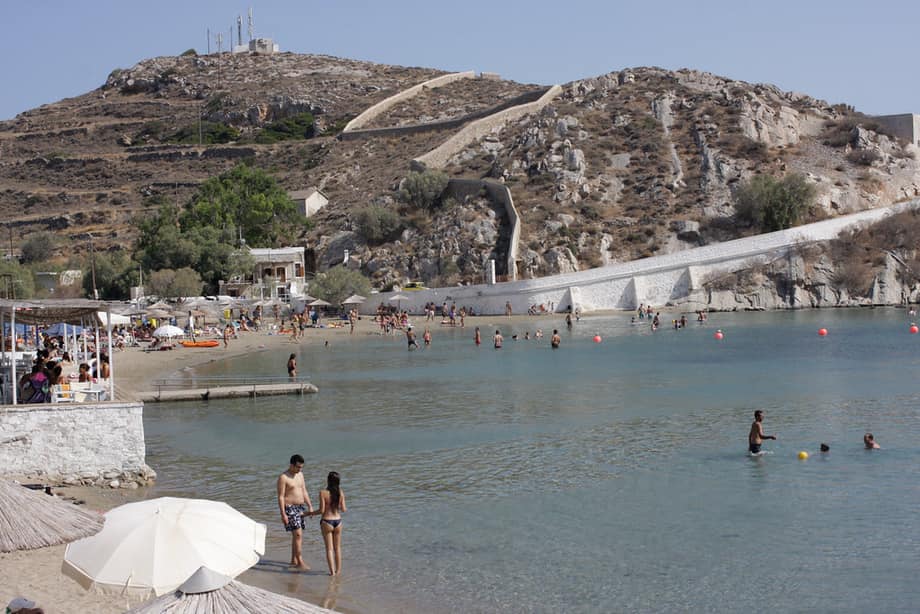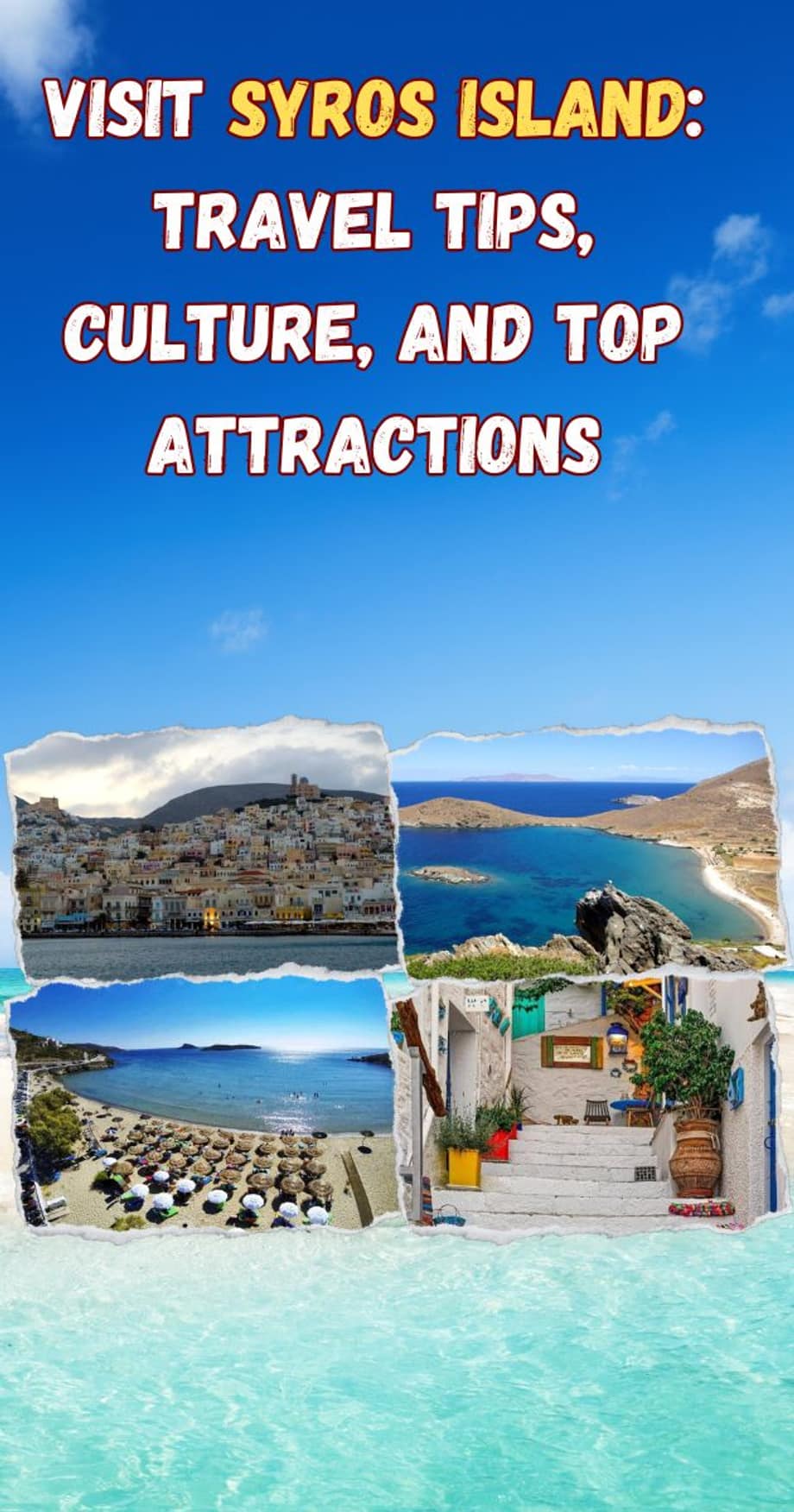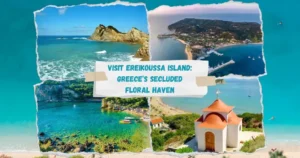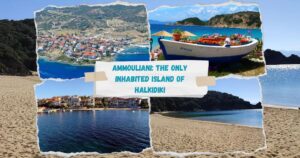Visit Syros Island: Travel Tips, Culture, and Top Attractions
Did you know that over 21,000 residents call this Cycladic gem home year round? That’s nearly triple the population of neighbouring Mykonos, creating a rare blend of bustling local life and tranquil escapes. The island is not just a summer getaway; it boasts a rich tapestry of history and culture woven into the daily lives of its inhabitants.
Just 144km south east of Athens, this destination thrives as the administrative heart of the Aegean, offering a unique mix of tradition and modernity. Its strategic location has made it a pivotal point for trade and commerce throughout the centuries, allowing for a diverse cultural exchange that is reflected in its architecture, cuisine, and local customs.
Unlike many Greek islands that empty after summer, here you’ll find vibrant markets and cultural events even in quieter months. The capital Ermoupoli dazzles with its Venetian influenced old town and grand 19th century mansions, a visual feast where marble paved streets meet cobalt blue shutters.
What truly sets this place apart? Its dual personality. By day, explore hidden coves with water so clear you’ll question postcard authenticity. By night, join locals in bougainvillaea draped tavernas where rebetiko music floats through warm air. For practical insights, our detailed guide to Syros covers everything from ferry routes to seasonal accommodation tips.
You’ll appreciate the clever balance between authenticity and comfort here. Chic cocktail bars sit beside family run bakeries, while well connected transport links make exploring effortless. It’s this harmony that creates those ‘aha’ moments travellers crave, discovering a destination that feels both undiscovered and wonderfully familiar.
Overview of Syros Island: A Unique Cycladic Gem
Imagine standing where ancient traders once bartered bronze goods, that’s the layered history you’ll uncover here. This destination’s story spans millennia, from Early Bronze Age settlements to Venetian hilltop villages, creating a cultural mosaic that fascinates every visitor.
The island has been a crossroads of civilizations, where the influences of ancient Greeks, Romans, and Venetians intermingle, each contributing to its unique architectural styles and local traditions. As you wander through its streets, you can almost hear the echoes of the past, with remnants of ancient fortifications and medieval churches standing testament to the vibrant life that once thrived here.
This rich tapestry of history not only captivates the imagination but also offers a deeper understanding of the island’s evolution over time, making every corner a piece of living history waiting to be explored.
Where Past Meets Present
The 2800 BC Kastri ruins reveal Europe’s earliest fortified communities. Centuries later, Venetian rulers left their mark in Ano Syros’ spiralling staircases. But the real game changer came in the 1820s. As historian Maria Kouroutaki notes: “By welcoming refugees during Greece’s independence struggles, Syros became an open air workshop of architectural revival.”
This neutrality transformed the capital Ermoupoli into a neoclassical marvel. By 1850, its port handled more trade than Piraeus, you can still see this grandeur in the Apollo Theatre’s Italianate design.
A Living Legacy
What makes Syros special today? It’s no museum piece. As the Cyclades’ administrative hub, it pulses with authentic Greek life year round. Modern art galleries neighbour Byzantine chapels, while waterfront cocktail bars serve local sour cherry liqueur.
For deeper insights into this duality, our Cyclades travel guide reveals hidden stories behind Ermoupoli’s marble paved streets. You’ll quickly see why this island masters the art of balancing heritage with contemporary verve.
Planning Your Trip to Syros Island
Timing your visit strategically unlocks the full potential of this Aegean treasure. Whether you’re chasing sunshine or authentic cultural encounters, understanding seasonal rhythms ensures you make the most of your stay. Each season offers its own unique charm, from vibrant summer festivals celebrating local traditions to the quieter, more introspective winter months when you can enjoy the island’s beauty without the crowds.
By aligning your travel plans with these seasonal highlights, you can immerse yourself in the local culture, participate in traditional events, and savor the culinary delights that vary throughout the year.
Best Time to Visit
Summer brings warm waters and lively evenings, though afternoon temperatures often reach 30°C. While beaches feel less packed than Santorini’s, mornings remain ideal for coastal walks. For milder weather, late May and September offer 22-25°C days, perfect for hiking marble paved streets without breaking a sweat.
Don’t overlook winter escapes. As Ermoupoli thrives year round, you’ll find cosy tavernas serving hearty stews even in January. Bright 12°C days reveal crisp views across the Cyclades, with ferries running regularly for spontaneous island hopping.
How Much Time to Spend in Syros Island
Two nights lets you absorb key highlights without rushing. Dedicate one day to Ermoupoli’s grand town hall and Vaporia district, where neoclassical mansions mirror in still harbour waters, creating a picturesque setting that feels like stepping back in time. As you wander through the charming streets, take a moment to appreciate the intricate architecture and perhaps stop by a local café to enjoy a traditional Greek coffee while soaking in the vibrant atmosphere.
The second day? Split between Ano Syros’ medieval alleys, where the labyrinthine paths lead you to stunning viewpoints and hidden gems, and relaxing at Galissas Beach, known for its soft sands and crystal clear waters, perfect for a refreshing swim or a leisurely sunbathe.
For deeper exploration, add an extra night to experience local festivals that showcase the rich culture and traditions of the island, or consider day trips to nearby islets that offer unique landscapes and experiences. Our first time visitors’ guide to Syros offers detailed itineraries matching different interests and timeframes, ensuring that you can tailor your adventure to your preferences and make the most of your stay.
Getting There and Around the Island
Reaching this Cycladic destination is refreshingly straightforward, with options to suit every traveller’s pace. Whether you’re hopping from Athens or island hopping through the Aegean, you’ll appreciate the well connected transport network that keeps adventures effortless.
The journey begins with a variety of choices; for instance, many visitors prefer to take the ferry, which not only offers scenic views of the islands but also a chance to mingle with fellow travellers. If you’re short on time, flying can be a great alternative, with quick flights connecting the mainland to Syros.
Additionally, local transport options such as buses and taxis ensure that once you arrive, getting around the island is just as convenient. The seamless integration of these transport methods allows for a stress free travel experience, making it easy to explore the stunning landscapes and charming villages that define the Cyclades.
Ferry and Flight Options
For the quickest way, Sky Express flights whisk you from Athens to the island in just 35 minutes. Though no buses serve the airport, taxis are readily available for transfers. Ferries remain the most popular choice, with year round connections to Piraeus and neighbouring islands. From June to September, services expand to include direct routes to Mykonos, Naxos, and Tinos, perfect for combining multiple stops.
Local Transport Insights
The capital’s bus station offers an efficient coastal loop linking all major beaches. A full circuit takes about an hour, with three daily departures off season ramping up to hourly in summer. While renting a car along the waterfront seems tempting, narrow roads and pedestrian zones make walking smarter in Ermoupoli’s centre.
For exploring Ano Syros’ medieval quarter, catch a minibus from El Venizelou Street. These departures run regularly, letting you swap harbour views for hilltop vistas within minutes. As one local driver quipped: “Our buses may not break speed records, but they’ll always get you where you need to go, eventually!”
Exploring the Main Town of Ermoupoli
Wander through Ermoupoli and discover a town where history and culture collide at every turn. The main town unfolds like a tiered theatre, its neoclassical buildings cascading towards the harbour in a symphony of marble and pastel hues. Each structure tells a story, reflecting the town’s rich maritime heritage and the influence of various architectural styles that have graced its streets over the centuries.
Locals joke that even the seagulls here appreciate good architecture, often seen perched atop the ornate facades, as if they too are admiring the intricate details of their surroundings. The lively atmosphere is punctuated by the sounds of chatter from cafés and the distant melody of traditional music, inviting visitors to linger and soak in the vibrant culture that permeates every corner of this enchanting town.
Architectural Highlights
Your gaze will inevitably land on the town hall dominating Miaoulis square. Designed by Ernst Ziller, this 19th century masterpiece wears its Venetian influences proudly, showcasing intricate carvings and a grand façade that speaks to the town’s historical significance. Its clock tower, a beloved symbol of the community, keeps watch over café lined streets, where locals and tourists alike gather to enjoy the vibrant atmosphere.
Just steps away, the Apollo Theatre’s scarlet interiors will make you swear you’ve teleported to Milan, until a bouzouki melody drifts through its ornate boxes, reminding you that you are indeed in this charming coastal town. This theatre, with its rich history and stunning architecture, serves as a cultural hub, hosting performances that celebrate both local talent and international artistry, creating a bridge between the past and the present.
Cultural Attractions and Local Life
Follow the scent of freshly baked koulouri to Vaporia’s waterfront. Once home to wealthy sea captains, this quarter now hosts art exhibitions in mansions that seem to float on the Aegean. As evening falls, the square transforms into an open air stage. Fishermen debate politics over frappés while teenagers compare smartphone snaps of the day’s best sunset.
Don’t miss the daily ritual along Androu Street. Here, grandmothers haggle over figs beside concept boutiques, proving Ermoupoli’s secret: it masters the art of blending tradition with modern verve. As one shopkeeper grinned: “Our buildings might be old, but our spirit? Always ready for tomorrow.”
Delving into the History and Heritage of Syros
What makes this Cycladic destination’s story so unique? Centuries of cultural cross pollination left layers of history you can still touch in weathered stonework and hear in church bells. The island’s past is rich with tales of merchants and sailors who navigated these waters, bringing with them diverse customs, languages, and traditions that have melded into the local culture.
Unlike other Greek islands, its strategic position turned it into a Mediterranean crossroads where East met West, and everyone left their mark. This convergence of influences is evident in the architecture, cuisine, and festivals that celebrate both local and foreign heritage, creating a vibrant tapestry that tells the story of its people.
Venetian and Ottoman Influences
Marco Sanudo’s 1204 conquest began 362 years of Venetian rule that shaped everything from architecture to faith. Walk Ano Syros’ spiral staircases today, and you’re tracing paths laid by Catholic settlers protected by French diplomats. Though Ottoman flags flew after 1566, locals negotiated rare freedoms, paying lower taxes while keeping their churches.
This religious tolerance earned the island its “Pope’s island” moniker. As historian Elena Petrakis notes: “While most Aegean ports faded, Syros became a sanctuary where Orthodox and Catholic communities thrived side by side.”
Legacy of Maritime Trade
The real transformation came post 1821. Waves of refugees fleeing conflict brought shipbuilders, bankers, and artisans. Within decades, Ermoupoli’s harbour eclipsed Piraeus as Greece’s commercial capital. Grand neoclassical mansions sprouted along the waterfront, funded by booming trade routes stretching to Marseille and Alexandria.
Today, you’ll spot this maritime golden age in details like the Apollo Theatre’s gilded boxes, built for merchants to flaunt their wealth. It’s a tangible reminder of how one island’s openness to outsiders shaped an entire nation’s economic destiny.
Discovering Ano Syros: Medieval Charm and Panoramic Views
Climbing through Ano Syros feels like leafing through a medieval storybook. Perched on San Giorgio hill, this Venetian built village has guarded its 13th-century character with labyrinthine alleys and candy coloured doorways, each turn revealing hidden corners that whisper tales of the past. The architecture, a blend of Venetian influence and local craftsmanship, showcases intricate details that speak to the village’s rich history.
Less than a kilometre from Ermoupoli’s harbour, it rewards visitors with Aegean vistas that stretch to six neighbouring islands, offering breathtaking panoramas that invite you to pause and soak in the beauty of the landscape.
Navigating the Historic Stairways
Leave your map behind, getting lost here is part of the fun. Follow the marble steps worn smooth by eight centuries of footsteps, passing homes where geraniums spill from cobalt window boxes. Locals still greet each other in the Venetian dialect, a living echo of the settlement’s origins.
The church of Saint George crowns the hilltop like a stone sentinel. Built when Marco Polo was exploring Asia, its bell tower offers views stretching to Delos’ ancient ruins and Mykonos’ whitewashed shores. As one resident remarked: “We don’t need telescopes here, just good eyes and clear skies.”
While roads wind up the hillside, the true magic unfolds on foot. Let your fingers brush sun warmed stone walls as you ascend, discovering hidden courtyards where cats doze under lemon trees. It’s this tactile connection to history that makes Ano Syros more than a town – it’s a time capsule waiting to share its secrets.
Beach Escapes and Coastal Delights in Syros
Sunseekers find their rhythm along this coastline’s diverse shores. Whether building sandcastles with little ones, feeling the warm grains of sand slip through their fingers, or seeking solitude in hidden bays, the beaches here deliver memorable moments without crowds.
Families laugh and play, their joyful shouts mingling with the gentle lapping of waves, while others lounge on sunbeds, soaking in the serene atmosphere. The sun drenched coastline invites exploration, where each bend reveals a new stretch of sand or a secluded cove, perfect for a peaceful retreat. Here, the beauty of nature combines with the simple pleasures of life, making every visit a cherished memory.
Family-Friendly Shores
Kini’s horseshoe-shaped bay cradles shallow waters perfect for paddling toddlers. Families can be seen laughing as they splash about, creating joyful memories in the gentle surf. Sandy stretches slope gently into the Aegean, where children can dig and build elaborate sandcastles, while tamarisk trees offer natural shade for parents seeking a respite from the sun.
Just east, Galissas charms with its whitewashed chapel perched above golden sands, ideal for combining beach time with taverna lunches, where visitors can savor fresh seafood and local delicacies while enjoying the stunning coastal views.
Hidden Coastal Gems
Adventure leads to Armeos’ pebbled cove, where clothing optional sunbathing meets crystalline depths. Southwards, Finikas’ sheltered bay harbours a lively marina. Follow the narrow coastal strip to discover rocky outcrops ideal for snorkelling among darting damselfish.
Each beach tells its own story through changing light, from Galissas’ amber sunsets to Kini’s moonlit waters. With options for every mood, these shores prove coastal magic needs no filter.

